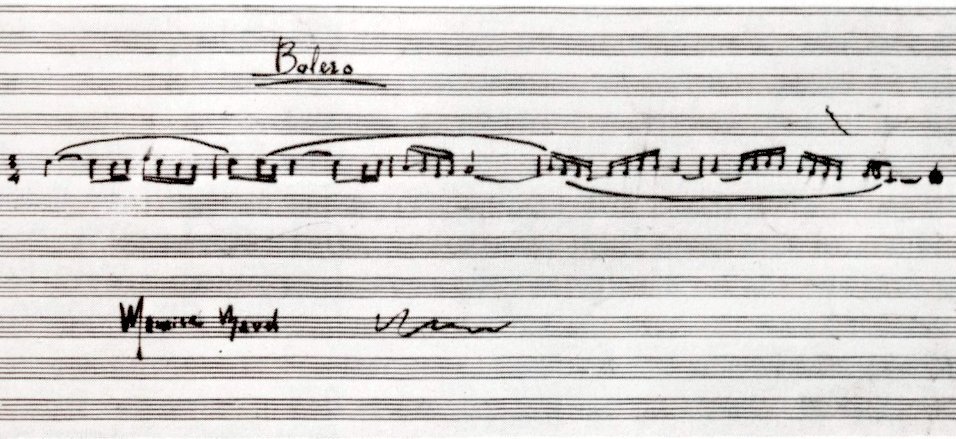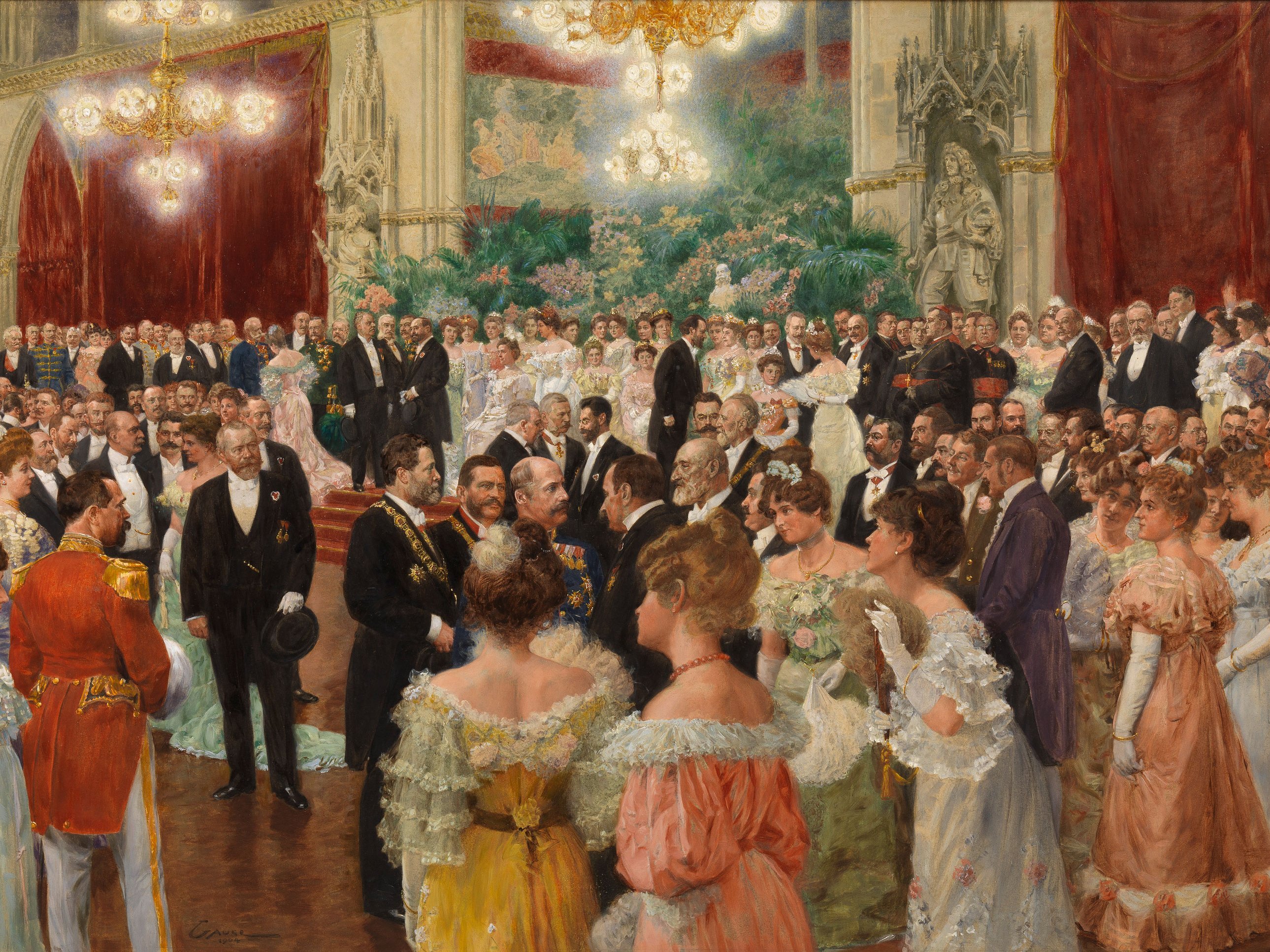
Apparently, a woman screamed “Help, a madman!” during the premiere of Ravel’s Boléro ; when he heard about it, the composer commented: “She understood the piece.” So obviously, this is one crazy piece of music! Here are seven facts about Ravel’s inimitable Boléro.
1. “Boléro” – a “plan B”
Ravel actually didn’t want to write Boléro at all. When wealthy dance and theatre icon Ida Rubinstein asked him for a “ballet with Spanish character”, Ravel initially envisaged a simple solution in: he could orchestrate six pieces from Isaac Albéniz’s piano work Ibéria. But Ravel could not secure the rights, and so had to compose something new. His idea: a theme that was less than a minute long, to be repeated for as long as necessary.
2. What happens? Is anything happening?
It must have sounded like a joke, but Ravel was absolutely serious. Boléro consists of two similar themes that are repeated 18 times over a constant snare drum rhythm. The only changes are the steadily rising volume and the different instrumental combinations of each repetition. But wait – a simple structure, a rhythm that listeners can beat time to, and a catchy melody? What’s so “mad” about that? The very fact that nothing actually happens in Boléro, the endless repetition – the audience had never heard anything like it before, and they weren’t prepared for it.
3. Sex sells?
The first performance was met with equal amounts of admiration and shock. This was also true of the choreography. Ida Rubinstein (who kept a black panther as a pet, and liked to drink champagne from Madonna lilies) was at her sensual and provocative best. She was surrounded by 20 young male dancers, whom she lured seductively to an orgiastic on-stage climax. Ravel’s ballet was born with sexual connotations, because of the music’s rhythmic buildup – 18 minutes of foreplay with a frenzied final release. Sex has always sold.
4. Ravel vs. Toscanini
Today we know Boléro primarily as a concert piece. Arturo Toscanini conducted the first concert performance in the US in New York on 14 November 1928 – at a tempo that the composer considered too fast. Ravel was furious. Toscanini responded: “You don’t understand anything about your own music. If I played it at your tempo, it would have no effect.” To which Ravel retorted: “Then don’t play it.”
5. “Boléro” on ice
But Boléro is not confined to concert halls: the work grabbed the world's attention at the 1984 Winter Olympics in Sarajevo. British figure skaters Jayne Torvill and Christopher Dean gave an electrifying performance to Boléro, becoming the highest-scoring duo of all time for a single performance. The piece has featured regularly in this sport ever since.
6. Film, jazz and rock
And in the cinema – particularly in erotic contexts: a scene from the romantic comedy 10 (1979), in which Bo Derek uses Boléro to seduce a composer, is famous. Anthony Daniels, who played C-3PO in Star Wars, recalls that director George Lucas originally used Boléro as the music for the film before commissioning a new score from John Williams. Boléro can also be heard in jazz and rock clubs, in arrangements by Benny Goodman and Frank Zappa, among others.
7. A musical masterpiece – without music?
Today, Boléro is universally loved - except, perhaps, by the percussionists who have to play the same rhythm 169 times, with clockwork precision. There can be no hesitation, and no mistakes. It is one of the most frequently performed works of the orchestral repertoire. A musical masterpiece? To the composer Arthur Honegger, Ravel confided: “I've written only one masterpiece – Boléro. Unfortunately, there's no music in it”.

5 questions about “Also sprach Zarathustra”
Read five things you didn't know about this famous tone poem by Richard Strauss.

9 Facts you (perhaps) didn't know about Verdi
You can hum along to “La donna è mobile” in your sleep, but did you know that Verdi was a vintner, a member of parliament and a keen foodie?

11 Facts about the Viennese Waltz
A compact guide to the waltz for the concert interval